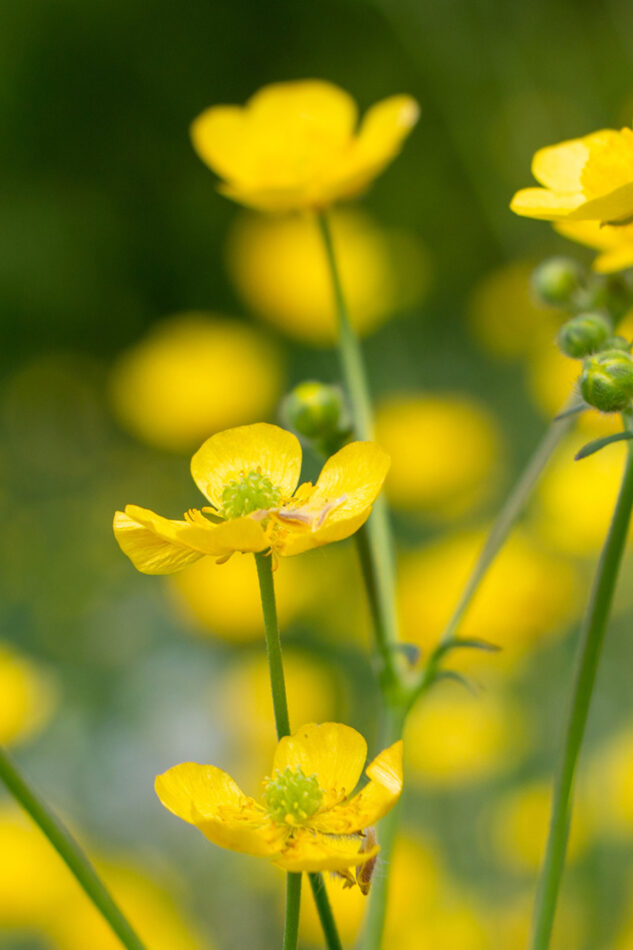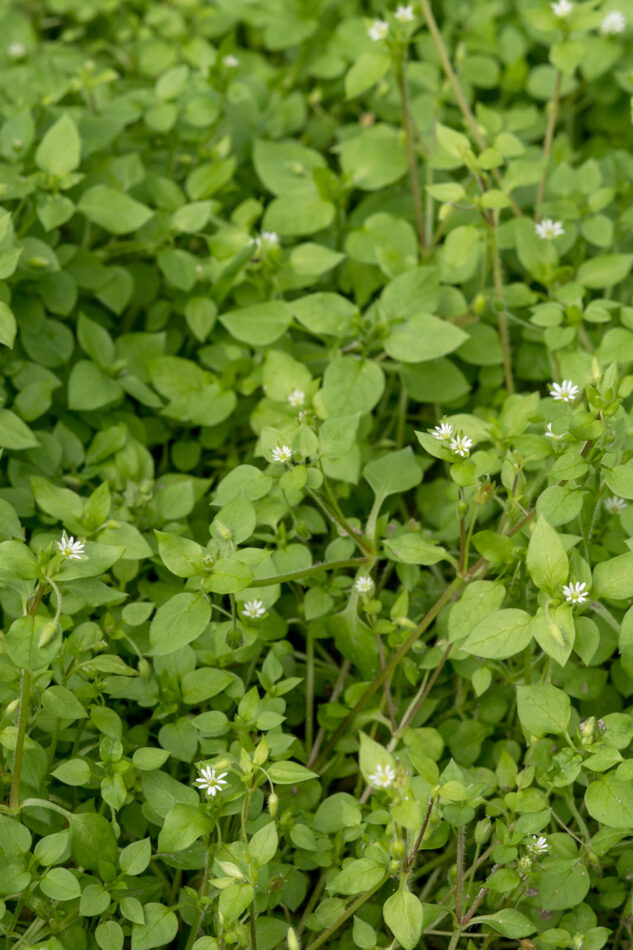
Many things affect the growth of the plant, and the soil is only one part of the whole. However, you can tell something about the soil based on the flowering of the plant.
No single plant necessarily says anything about the quality of the soil as such, points out the professional gardener Sari Ojala.
It is more important to look at the condition in which the plant grows in which place.
For example, nettle grows in many types of soil, but it needs nutrient-rich, nitrogen-rich soil to thrive. Dense, tall growths of nettles therefore indicate that the soil is rich in nutrients.


Meadow grass © iStock


Yard constellation © iStock
Read also: Weeding is easier when you control the weeds beforehand – pick up the tips!
Soil is just one thing that affects plant growth
Growing conditions are always a combination of many things. In addition to the soil, light, water and heat conditions also affect the plant’s comfort.
Light conditions determine the success of most plants.
For example, the lilac, which loves clay soil and moisture, can be made to grow in other types of soil, but flowering is essentially influenced by light. If there is not enough light for the entire bush, the lilac only blooms where the light reaches, i.e. usually on the upper branches.
The same goes for the apple tree. The tree can grow in the shade, but a sunny growing place is absolutely important if you want abundant flowering and harvest. Without sufficient light, the crop will inevitably suffer, although the humming soil and sufficient watering also affect the apple tree’s comfort and yield.
The amount of water also matters. For example, the eagle’s wing fern, familiar from many forests and backyards, grows with little water, but only when it is allowed to grow in the moist soil it longs for does it really get excited to bloom.
“In Kauniainen by Gättrask, the fern can grow to a meter long, while on the dry rocks of Nuuksio they remain much smaller”, Ojala compares.
The plant can flourish, even if the soil is not the most suitable or the conditions change
A well-rooted plant may flourish excellently in its place of growth, even if the soil is not the most suitable for it.
This can happen, for example, with the rhododendron. Usually it is in a shady place and acidic and well-permeable, sandy soil, i.e. so-called forest garden plant. In such conditions, its seedling starts to grow with a good probability.
A rhododendron grown in good conditions and has grown its roots can continue to bloom, even if the trees that shade it are cut down and the soil is modified to make it less acidic.
If birch trees or other plants that absorb a lot of water grow in the yard, the yard soil is probably dry. On the other hand, trees shade the undergrowth and reduce their evaporation. If the birch trees are felled, the soil’s water economy, i.e. the ratio of moisture and evaporation, changes.
Read also Anna.fi: Dandelion’s health benefits arouse interest – help to treat eczema, cellulite and warts?
Some plants thrive in all types of soil
You can’t tell much about certain plants from the soil, since they grow successfully and flourish in a wide variety of soils.
“Perennial weeds, such as goat’s pipe or dandelion, grow with the holy spirit anywhere. It is because they are adapted to a wide variety of soils and other characteristics. They spread effectively with the help of their deep roots, and the dandelion is also effective by seeding. In addition, the dandelion conquers space for itself with the way it grows, i.e. by covering other plants under its leaves.”
Moss is familiar to many lawn growers. It is considered a plant of acidic soil, which it basically is, says Ojala.
However, moss can take over space on the lawn, even if the soil is not particularly acidic. This is because different moss species have adapted to a wide range of soils, including compacted clay soil, unlike turf grasses.
As a cultivated plant, grass hay comes second in the competition. The same is true of many cultivated or cultivated plants, as they are weaker than wild plants.
“To combat moss, a better trick than applying lime is to remove it mechanically or aerate the lawn with a vertical mower, i.e. a lawn aerator, so that the roots of the lawn grass get oxygen,” Ojala advises.
Source: kotiliesi.fi


